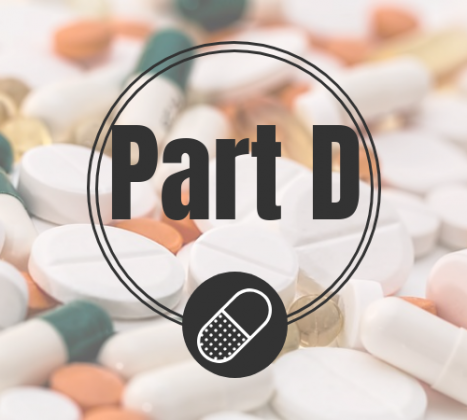Politico Pro’s Sarah Karlin-Smith
CMS significantly walked back plans to let Medicare Part D and Medicare Advantage plans limit coverage of drugs in six categories known as “protected classes” under a new rule finalized Thursday.
The decision came after resistance from the drug industry, patient advocates and Democrats and Republicans in Congress, who worried the rule could harm patient health.
The agency declined to finalize a November proposal that would have allowed health plans to exclude protected-class drugs from formularies in instances where prices rise more than inflation or only minor changes are made to older medicines. A drug updated with a minor change could have been excluded regardless of whether the older version remains on the market. It also did not make any new changes to step therapy or prior authorization in Part D.
CMS had predicted the plan would lower pharmaceutical costs, saving the government nearly $2 billion over a decade and Medicare enrollees $692 million in out-of-pocket costs.
Part D plans must cover all drugs in the six protected classes: antidepressants, anti-psychotics, anticonvulsants, immunosupressants for transplant rejection, antiretrovirals and cancer drugs. This mandate makes it hard for drug companies to negotiate discounts on these medicines, HHS says.
Private markets typically discount such drugs by 20 percent to 30 percent, but the average discount for them in Medicare Part D is just 6 percent, CMS Administrator Seema Verma said last year.
“The administration remains concerned that prescription drug companies are offering seniors in Medicare substantially smaller discounts for protected class drugs than are offered in the commercial market … and CMS will continue to execute on President Trump’s Blueprint to lower prescription drug prices and address this problem,” the agency said in a press statement Thursday.
CMS also opted not to finalize a policy that would have required plans factor pharmacy price concessions and dispensing fees into patient-cost sharing.
The administration did move forward with parts of the rule aimed at giving Medicare beneficiaries and their doctors more transparency on medication costs and options. By 2021, Medicare plans will have to provide real-time access to drug pricing data through a doctor’s electronic health records or e-prescribing software, so that prescribers are flagged when lower-cost alternatives are available under a patient’s benefits. Starting in 2021, Part D explanation of benefits will also need to include drug pricing information and lower-cost therapeutic alternatives, to help beneficiaries lower their out-of-pocket costs.
And CMS finalized a proposal for Medicare Advantage plans that will allow the utilization of step therapy for Part B drugs administered by a physician. Step therapy requirements can only apply to patients newly starting a medication.
The final rule further codifies a law passed by Congress that restricts Part D sponsors from prohibiting or penalizing a pharmacy from disclosing that a beneficiary can pay less for the drug by paying the cash price rather than using their insurance.




